Description
Introduced in 1941, the Short Stirling was the Royal Air Force’s first four-engine heavy bomber of the Second World War. However, early on, the Stirling’s performance was compromised by several issues: a reduced wingspan, which resulted in serious limitations on maximum altitude capability; the two-stage landing gear proved to be dangerously frail; and the bomb-bay design proved incapable of carrying large-scale blockbuster bombs. Its altitude ceiling limitations left the aircraft particularly vulnerable to isolation and dispatch by enemy night fighters within the bomber stream, and it was these factors that ultimately led to its withdrawal from Britain’s strategic bombing campaign over occupied Europe. By November 1943, it was replaced by the more effective Handley Page Halifax and Avro Lancaster. However, it did see important second-line duty in the glider-towing, paratroop drop, minelaying, and supply roles. The Stirling also saw post-WWII duties as a passenger transport up to the late 1940s. This book is a concise, visual history of this lesser-known RAF WWII bomber.


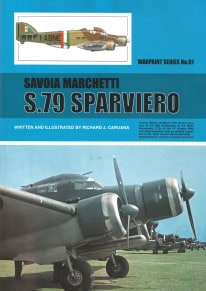
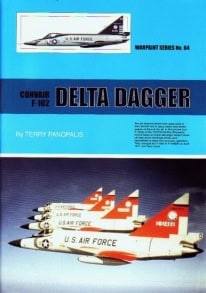

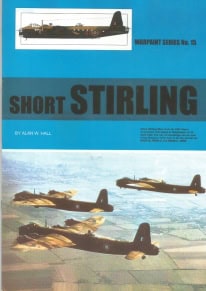

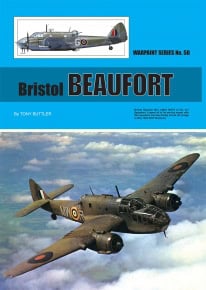
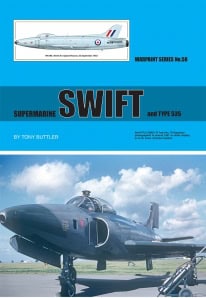

Reviews
There are no reviews yet.